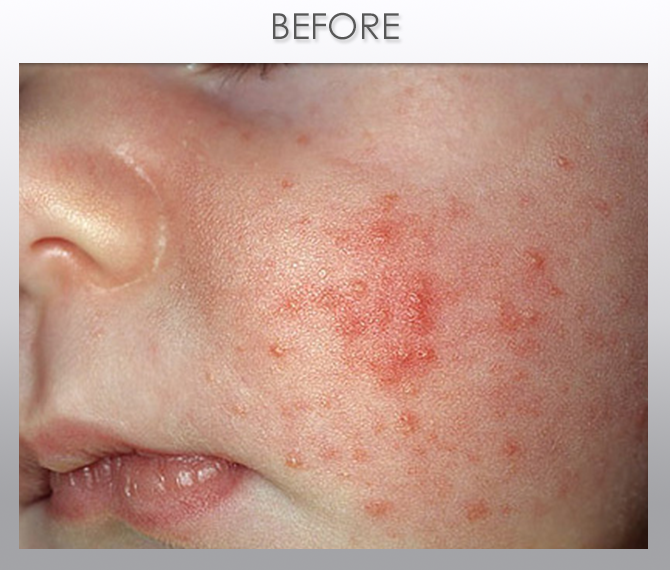

Curt Blankespoor of the University of Michigan Biological Station. Harvey has passed the swimmer’s itch control torch to his son, Dr. His method involves removing the resident summer ducks, most often common mergansers, from a lake and relocating them to one of the Great Lakes where the snail host is absent. Harvey Blankespoor of Hope College in Holland, Michigan in the 1980s. One effective approach to controlling swimmer’s itch was developed by Dr. Before taking any of these drugs, however, consult your physician or dermatologist for advice. Antihistamines can be used to help relieve the itching while topical steroid creams may help to reduce the swelling. Over-the-counter drugs are available to reduce the symptoms of swimmer's itch. Swimmer's itch, although extremely annoying and uncomfortable, is not a communicable or fatal condition. For swimmer's itch, itching is limited to points of cercarial entry and will not spread or develop into water blisters.
Swimmers itch bites skin#
Chigger bites are usually located at points where clothing contacts the skin such as wrists, waist, ankles, etc. The itchy, reddened, and raised areas are sometimes confused with bites from chiggers or mosquitoes and the symptoms may be misdiagnosed as those resulting from poison ivy or stinging nettles. Usually the reddened areas reach their largest size after approximately 24 hours. Many suffering from swimmer’s itch experience the most severe itching early in the morning. Symptoms include intermittent periods of itching that will continue for several days. At each point of entry a small red spot may appear and begin to itch. This may occur either while swimming or immediately after leaving the water. Those who are sensitive may feel a dull, prickly sensation as the larvae burrow into the skin. Some who are exposed to the larvae never develop the itch. While officials from the Centers for Disease Prevention and Control say you can get swimmer's itch from any body of water, Meyerson said locally almost every case he's aware of originated from one of the inland lakes.Not all people are sensitive to swimmer’s itch. People who develop swimmer's itch typically get it in shallow water close to the shore where wind and waves have caused the collection of the organisms.įor that reason, children are often the ones most likely to get the rash because they tend to spend longer amounts of time sitting or wading in shallow water. Meyerson said changing out of your swimsuit is also recommended because it can be difficult to wash and dry it the same way you can your skin.Įxperts emphasize the parasites that cause swimmer's itch don't mean a lake or particular beach is unhealthy. They usually burrow in when you dry."įor that reason, washing and toweling off thoroughly after swimming in Northern Michigan's inland lakes can go a long way in helping you escape swimmer's itch. "Some people might feel some tingling as they burrow in. "Swimmer's itch will usually come out the next day or even that evening," Meyerson said. Medical experts say there is no further health risk, noting that the larvae cannot develop inside a human and die shortly after burrowing into the skin. Snails then release a different type of microscopic larvae that swim in the water searching for a bird, continuing the cycle.īut, if instead of a bird those larvae from the snails come in contact with humans, they burrow into the skin and can cause the reaction or rash that is swimmer's itch. Once a snail is found, they infect the snail and multiply. Those larvae swim in the water in search of a certain species of snail.


If they land in water, the eggs hatch and microscopic larvae are released. Its eggs exit the birds in the form of waste. The adult form of the parasite lives in ducks, geese, gulls and swans. The small organisms that cause the condition move between water fowl and snails in the lakes as they mature and lay new eggs. To some, the science behind swimmer's itch is far more unsettling than the rash itself.


 0 kommentar(er)
0 kommentar(er)
